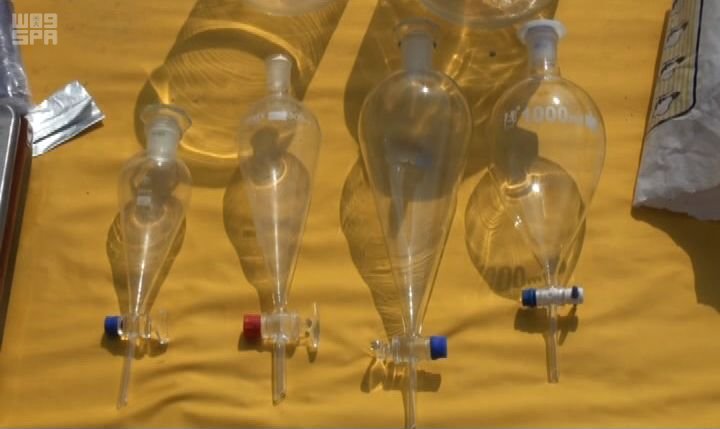Riyadh – The Saudi Interior Ministry uncovered on Sunday that the terrorist cell of the Harazat neighborhood in Jeddah is directly involved in other terrorist crimes, mainly the terrorist attack which targeted worshipers at the Prophet’s Mosque in the holy city of Madinah last summer.
The cell provided the terrorist suicide bomber with the explosive belt used in his crime.
“Until now, 46 individuals have been arrested for their relation with the criminal activities of this cell, including 32 Saudis and 14 foreigners from Pakistan, Yemen, Afghanistan, Egypt, Jordan and Sudan,” said Mansour Al-Turki, security spokesman at the Ministry of Interior, at a press conference in Riyadh on Sunday.
He added that investigations were ongoing to find out more about their roles.
The suicide bomber, Nair Musallam Hammad Al-Nujaidi (Saudi national), blew himself up when security forces prevented him from entering the Prophet’s Mosque, killing four security personnel and injuring five others.
It has also been proven that this terrorist cell was involved in the terrorist attack on the parking lot of Dr. Sulaiman Fakih Hospital in Jeddah as it provided the suicide bomber, Abdullah Qulzar Khan (Pakistani national), with the explosive belt.
In an step showing the amount of pressure exerted on the terrorist ISIS organization in Saudi Arabia, investigations and technical examinations on the locations used by this cell in the Harazat neighborhood showed that the cell brutally killed one of its members, Muteae Salem Yaslam Al-Sayari, on suspicion that he was intending to surrender himself to the security authorities.
“As the cell feared to be exposed, it plotted to kill him and took the approval from the organization’s command abroad, which ordered the cell to carry out the operation. The cell killed him by cutting his throat and kept his body in a house in Al-Harazat neighborhood,” al-Turki said.
They only buried the corpse when the smell of rotting could no longer be tolerated in the house, revealed the spokesman.
He added that ISIS sought through its attack on the Prophet’s Mosque to create doubt over the Saudi capacities to protect the Two Holy Mosques and Hajj and Umrah pilgrims.
